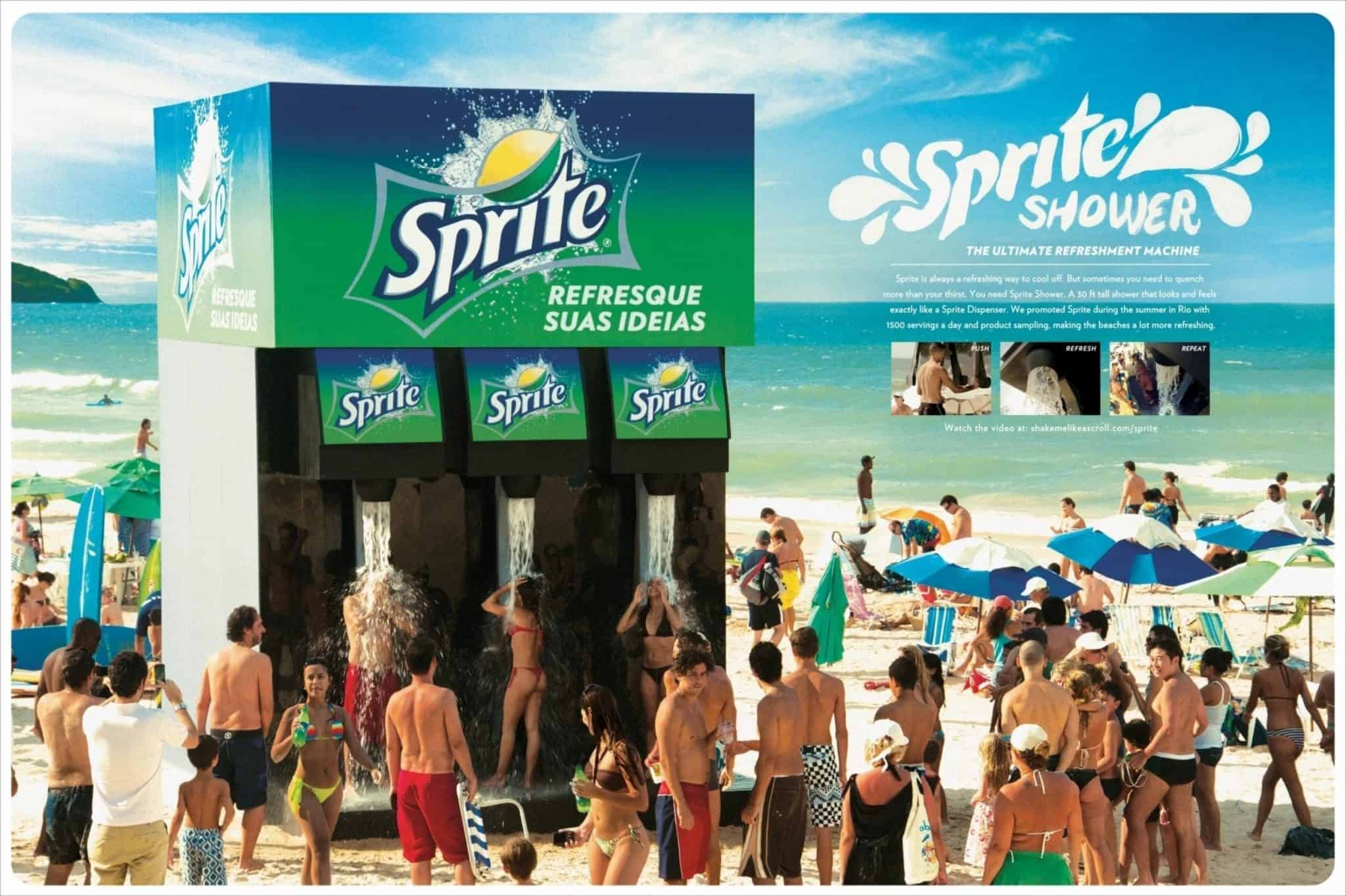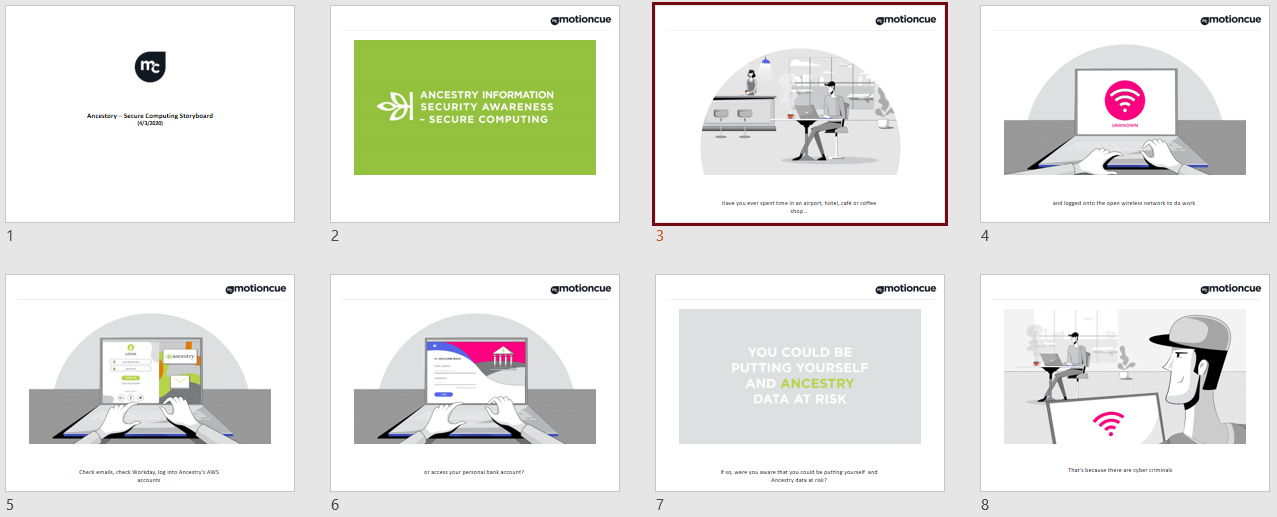Learn about the types of graphic design so you're better prepared for your design meetings.
Graphic design is essential for creating a strong brand identity and attracting customers, but with so many different types of graphic design to choose from, how do you know which design discipline is the best fit for your projects?
This is where having a solid understanding of the core graphic design categories comes in handy. Whether you want to create a logo and branding suite, launch a new website, or develop product packaging, the graphic designer you choose needs to have expertise in the specific area you're looking to address.
In this guide, we'll walk through the main types of graphic design. You'll learn definitions and the key deliverables associated with each graphic design discipline so you can better articulate your needs to potential designers. With this grasp of the graphic design landscape, you'll be better prepared for design meetings.
Introduction to graphic design
Graphic design is a blend of artistry, creativity, and strategic thinking. It encompasses a wide range of visual mediums and techniques that communicate messages, evoke emotions, and captivate audiences. Graphic designers achieve this through the skillful arrangement of images, typography, colors, and layout.
The purpose of graphic design extends beyond its artistic appeal. It is deeply connected with marketing, advertising, user experience, and brand strategy. By using the principles of design, professionals in the field create cohesive visual identities, streamline user interfaces, and craft marketing material that deliver results.
Graphic design spans both print media such as posters, business cards, and publications as well as digital media such as website interfaces, mobile apps, and social media posts.
Types of graphic design
Graphic design is an expansive field that includes many sub-disciplines. While there might be some overlap, most designers specialize in a few core areas based on their skills, interests, and training.
Understanding the differences between the categories along with their objectives will make it easier to zero in on the area best suited to your organization's needs.
Visual identity design
Visual identity design is often called brand identity design. Brand is how a business communicates its image and personality, making visual identity design often the most foundational graphic design discipline. The goal of this discipline is to make the brand's identity recognizable, memorable, and unique.
Some of the key deliverables of visual identity design include:
Logos: Visual icons and logotypes that embody the brand.
Color palettes: Unique color schemes that reflect the brand's personality.
Typography: Custom fonts and font treatments that become identifiable to the brand.
Business cards and letterheads: Reinforcing the brand identity in business collateral.
Style guides: Documents that outline proper visual identity usage.

An example of visual identity design for Coca-Cola[1]
The deliverables above will be used in most of the branding and marketing materials a business produces. The visual identity offers guiding design principles as the brand grows and expands and will inform future design projects.
When looking for a visual identity designer, review their portfolio for conceptual thinking and brand development skills.
Web design
Web design is focused on designing the user interface, layout, and visual appearance of websites and web applications. It is closely related to UI Design, which focuses on creating an interface that balances usability and aesthetic appeal.
It is also related to web development—though web designers may not actually do any coding, they do need to understand the limitations and capabilities of the code that runs websites to create effective designs.
Common web design deliverables include:
Site pages: Home pages, about pages, contact pages, etc.
Page templates: Reusable layouts for web developers to use for consistent design.
Interface elements: Buttons, icons, widgets, navigation bars, etc.
Optimized images: Photos, illustrations, and SVGs enhanced for the web
Content layouts: Visually appealing and strategic arrangement of copy, images, and videos.
A well-designed website is essential for businesses seeking to establish a strong online presence. Web designers not only need to have a solid understanding of design principles, user experience (UX) best practices, and the technical aspects of website development, but they also must stay updated with current web design trends and evolving technologies in web development.
Packaging design
Packaging design involves creating the graphics and messaging that appear on consumer product packaging. Packaging designers have to consider various factors, including visual impact, product protection, usability, sustainability, and brand consistency, to create packaging that stands out on shelves and captures the attention of consumers.
Typical packaging design deliverables include:
Primary packaging: The main container for the product.
Secondary packaging: External packing that contains the primary package, like boxes.
Labels: Descriptive stickers used on products and packaging.
Tags: Graphic identifiers attached to products.
Unboxing: Graphics used inside packaging on unwrapped products.

An example of reusable packaging design from Monday's Child[2]
Packaging designers work closely with clients and stakeholders during the design process. They also must work with manufacturers and have an understanding of packaging materials, printing techniques, and manufacturing processes to create packaging that meets both creative and practical needs.
UI design
UI stands for user interface, and UI designers craft the visual elements and controls of the interfaces for digital products and experiences. User interfaces must not only be pleasing to the eye but also must effectively communicate with the user and streamline the use of the website or application. UI designers often work closely with user experience (UX) designers to ensure this seamless integration of design and functionality.
The deliverables a UI designer might provide include:
App and website interfaces: The layouts and controls that users interact with.
Icons: Visual representations of functions and actions.
Buttons and widgets: Interactive elements for navigation and actions.
Interface components: Sliders, notifications, menus, sidebars, etc.
Style guides: Guides on interface visual language and usage.
UI design is a dynamic field that constantly evolves alongside technological advancements and changing user expectations. UI designers need to stay updated with the latest design trends, emerging technologies, and usability standards to create interfaces that meet the needs of modern users.
Advertising design
Advertising design is a specialized field within graphic design that focuses on creating visually compelling and persuasive advertisements to promote products, services, or brands. It involves the strategic combination of creativity, messaging, and visual elements to capture attention, communicate brand messages, and influence customer behavior.
Some of the key deliverables from advertising designers include:
Print ads: Newspaper, magazine, and directory ads.
Billboards: Large outdoor promotional signs.
Digital ads: Banner ads, social media ads, video ads.
Brochures and sales sheets: Information promotional documents.
Direct mail: Letters, postcards, and packages sent to targeted audiences.

An example of advertising design from Sprite[3]
Great advertising design instantly engages viewers while reflecting brand identity. Designers must balance brand consistency with the need for custom messaging across unique channels and audiences. An understanding of diverse media requirements, copywriting skills, and business savvy are often requirements of being a good advertising designer.
Publication design
Publication design is a classic type of graphic design that involves creating the layout, formatting, imagery, and typography for published materials ranging from books, magazines, and catalogs to annual reports, newsletters, and academic journals.
Common publication design deliverables include:
Page layouts: Strategic arrangement of copy, images, headers, footers, and other elements.
Templates: Master pages that enable consistency across a publication.
Cover designs: Visually captivating front covers that reflect a publication's brand.
Format styles: Typography formats for headers, body text, captions, etc.
Grids: Foundational design frameworks for content creators to use.
Skilled publication designers excel at typography and know how to arrange elements for optimal legibility, impact, and visual interest according to a publication's tone and purpose.
When looking for a publication designer, make sure their portfolio shows diverse layout projects and a mastery of editorial design principles.
Motion design
Motion design is the process of creating animated graphics. Motion designers use a variety of software to create animations that can be used in a variety of mediums, including TV commercials, explainer videos, and social media posts. Motion designers combine graphic design principles, animation techniques, and storytelling elements to create captivating visual experiences.
Typical motion design deliverables include:
Animated logos: Logos enhanced with motion for videos and digital displays.
Explainer videos: Short animated videos clarifying products and services.
Title sequences: Animated introductions to movies and videos.
Kinetic typography: Animated and interactive fonts.
Visual VFX: Visual effects like explosion, transitions, and fades.

An example of motion design from MotionCue[4]
Motion designers may begin as graphic designers, but they also must have animation and visual storytelling skills as well. They can envision how design elements will appear sequenced over time and know how to use animation software well.
Environmental design
Environmental design combines graphic design, architecture, interior design, landscape, and industrial design to create spaces that will enhance user experience and improve quality of life. Environmental designers consider the overall context, purpose, and user needs when developing designs for a specific environment.
The deliverables an environment designer might provide include:
Signage: Wayfinding signs, descriptive signs, cautionary signs, etc.
Murals and large-format art: Engaging wall art and installations that reflect a brand.
Decals and window graphics: Visual displays for glass surfaces.
Event and trade show booths: Modular and portable brand exhibits.
Vehicle wraps: Custom graphics for covering cars, trucks, and buses.
A good environmental designer knows how to capture attention and convey the right visual tone within physical spaces. They combine strong graphic design skills with technical factors like visibility, spacing, lighting, and material limitations.
Next steps for finding the right graphic designer
Each graphic design type offers unique opportunities and strategies to meet business goals. Using this knowledge, you can pinpoint the area of graphic design aligned with your company's immediate needs.
Your next steps to find the right graphic designer are:
Evaluate your current design assets: Identify areas of your existing visual communication materials that need improvement or updating.
Define your objectives: Clearly define what you want to achieve through graphic design to focus your design efforts.
Find a graphic designer: Match your needs to the types of graphic design that graphic design agencies specialize in.
Check out Capterra's list of the top graphic design agencies to start your search.
For more help understanding graphic design and finding the right graphic design agency, check out these resources:

